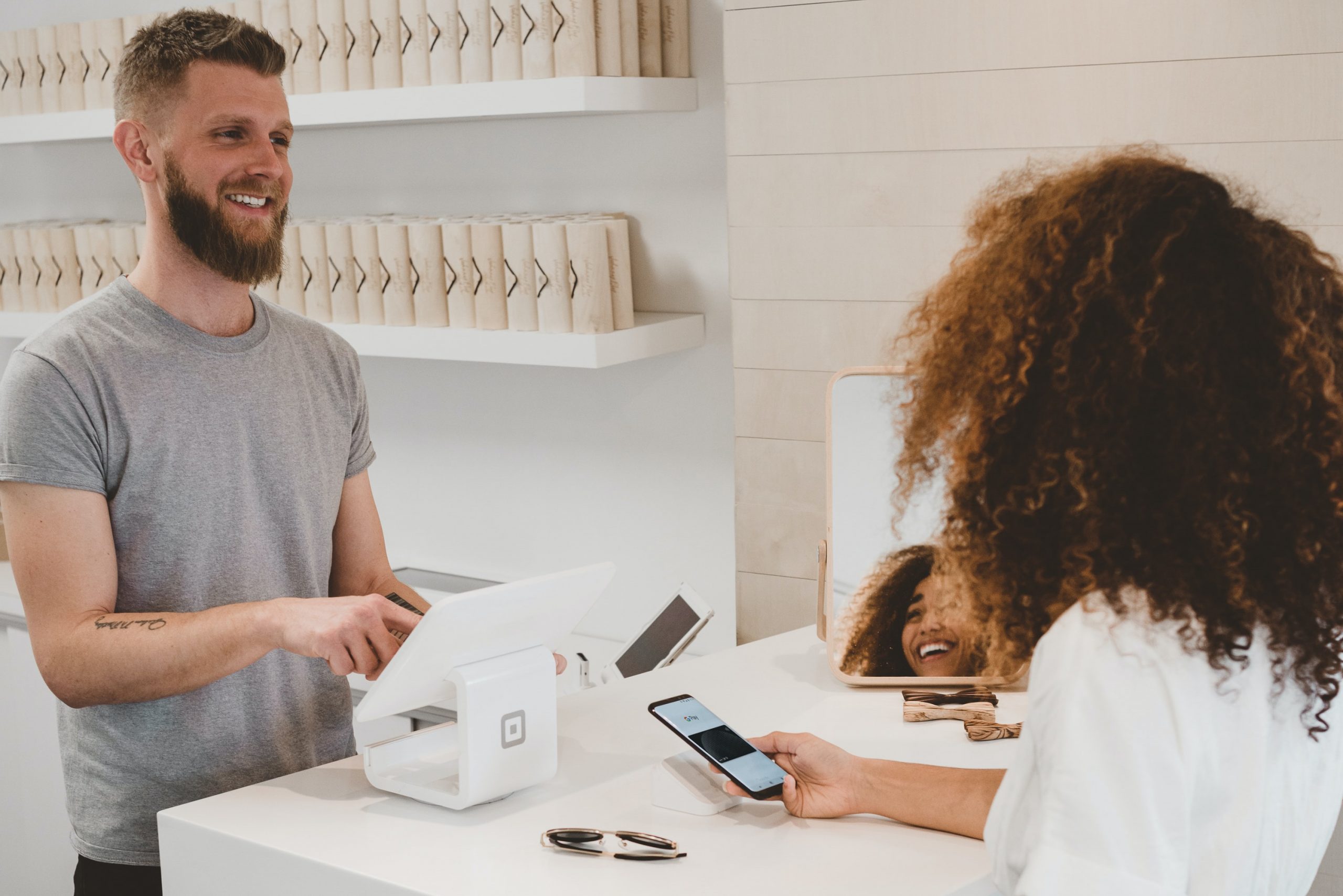In recent years the market has undergone major changes in a short space of time. The pandemic, the global economic crisis, and the new health safety measures have shaped a new scenario and changed consumption trends.
With these changes in consumer habits, companies needed to adapt, especially small and medium-sized businesses that need to reinvent themselves to survive.
To better understand the main changes in the consumer scenario and the new consumption trends, read the following article.
Online sales
After the arrival of the pandemic, in the first half of 2020, those who were already using the virtual environment as a point of sale needed to increase this strategy, and those who were not yet using it needed to open up to this possibility.
In 2020 virtual shopping increased and online sales became a reality not only for large companies, but also for small and medium ones.
With this need knocking at the door of entrepreneurs, marketplace platforms and companies that outsource services such as deliveries through apps had a huge growth.
Essential items
With the financial crisis and instability, many consumers have reduced their consumption of superfluous items and have focused their income on buying only essential items.
The high prices of essential items also greatly reduced the purchasing power and some sectors showed large drops, such as the clothing sector, which fell 25%.
Conscious consumption and appreciation of the small business
For middle class consumers who did not have a very significant reduction in income, the idea of conscious consumption increased.
The concern with the environment, as well as with social causes, leveraged the sustainable sector and the small and local businesses.
Local businesses have been valued, allowing small entrepreneurs to get through this period with the support of local consumers.
More than service, attention
With the ability to search the internet and find cheaper product offers, face-to-face businesses can no longer just offer good service, they need to offer attention, capable of generating a customer experience.
When a consumer chooses to pay more for a certain product or service, instead of going online, he is looking for an experience that must be offered through excellent attention from small businesses.
Hygiene and safety first
Finally, it is impossible to think about consumer trends without taking into account the customer’s concern for hygiene and safety.
Health safety is a must, with businesses that offer a clean environment and follow safety protocols being preferred by consumers.
Data security has also been a major concern, so offering more technological payment methods and guaranteed data protection is a differentiator for businesses that want to survive this period.
Conclusion
The transformations in consumer trends have emerged quickly, but they don’t seem to be going away post-pandemic, so adapting to them is essential.
Companies that do not worry about meeting the most demanding demands of consumers who are tuned in to the news may be left behind and unable to survive this period.
If you are an entrepreneur or a customer, you must already be familiar with these transformations, but seeing them as definitive is essential to understand the movement of consumer trends.

